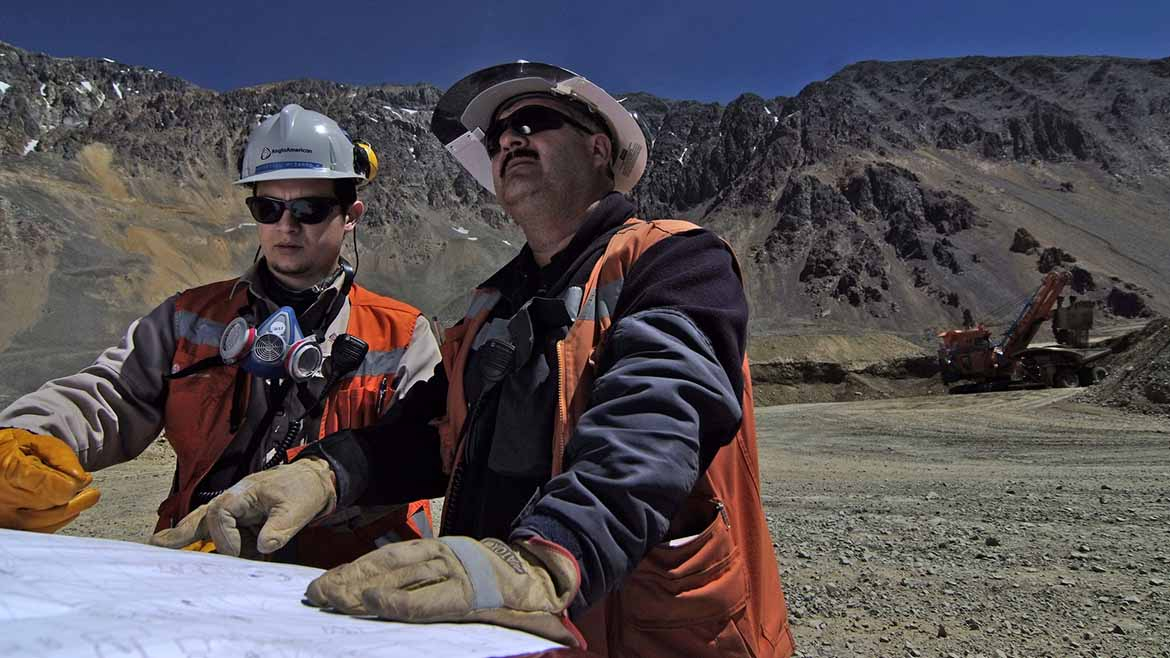
Moquegua, Arequipa and Mother of God are the regions in which the monthly income from work is the highest than in the rest of the country. It is above 2,000 soles.
According to him Regional Competitiveness Index (Incore), prepared by the Peruvian Institute of Economy, In Moquegua, the average income is 2,400 soles per month, followed by Arequipa with S/ 2,256 and Madre de Dios with S/ 2,040. while the average salary nationwide is S/ 1,693.
It had previously been reported that Moquegua was the region where the highest salaries were paid. An investigation by the weekly Encuentro, from the Saint Paul Catholic University of Arequipa, determined that private sector workers on the payroll in this region have an average remuneration of S/ 3,342.
For him economist Glen Arce Larrea, this better position in terms of income is due to the mining activity that is strong in both regions. Moquegua has the Quellaveco copper project, while in Arequipa, it benefits from the operations of the multinational that exploits Green Hill.
according to National Institute of Statistics and Informatics (INEI), In Moquegua, growth was 42.8% in the last year, largely due to the mining operation.
Against this background, according to the Incore, Puno is the region with the lowest income per worker in the country with S/ 1,241. On the other hand, there is Tacna, where it amounts to S/ 1,815.
But it is about labor formality, all the aforementioned regions have bad indicators. On a scale from 0 to 10, Lima leads the ranking with an index of 8.11%, while in Moquegua the formality is 6.8%. Arequipa is in fourth position with 6.23%.
EAP education
A separate point is how educated is the Economically Active Population (EAP). In this regard, Arequipa leads the ranking with 44% of its employed EAP with at least higher education.
Something that draws attention is that in contrast to the best income, the gender gap in labor income is high in Moquegua and Arequipa.
The avocado region ranks as the worst located (position 25), since the masculine labor income exceeds that of the feminine sex by 44%. Arequipa follows this line, since the income of men is 38.6% higher than that of women. Puno, at 35.7%. The average difference in the country is 30%.
more competitive
The Incore is made up of the measurement that is carried out in six aspects: the economic environment, infrastructure, health, education, labor market and the institutional one.
Lima leads the competitiveness ranking, Moquegua is in second place, Tacna is in third position and Arequipa is in fourth.
Moquegua has that better position in relation to the entire south, because it leads the aspects of the economic and institutional environment: the execution of public investment is in the order of 68%, while the percentage of resolved files of the judicial burden rises to 64.1%, the highest in the country.
In education, it has the best scholastic performance in secondary school and the second best in primary school, and it is the region with the lowest prevalence of anemia, since the rate rises to 28.5% in children under 6 months of age to three years.
For its part, Arequipa does not lead any pillar, the only aspect in which it is in first position is in the continuity of the water supply, while school performance is regular.
The imperial region, for the first time, is among the 10 most competitive in the country in this Incore. He former Governor Jean Paul Benavente He maintained that this is a result of the last 4 years.
Source: Larepublica
Alia is a professional author and journalist, working at 247 news agency. She writes on various topics from economy news to general interest pieces, providing readers with relevant and informative content. With years of experience, she brings a unique perspective and in-depth analysis to her work.












